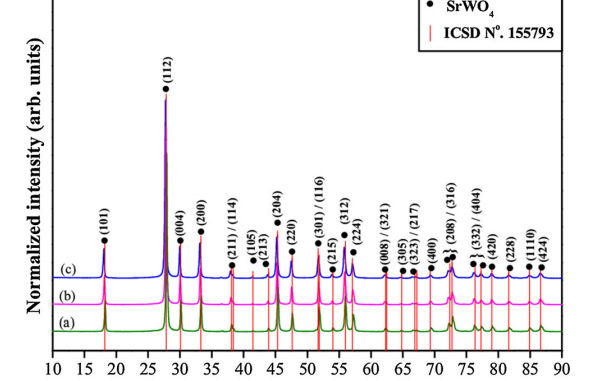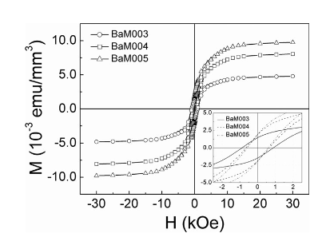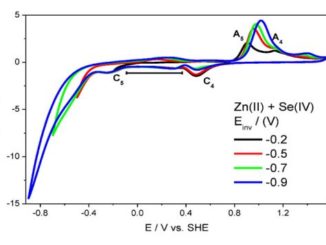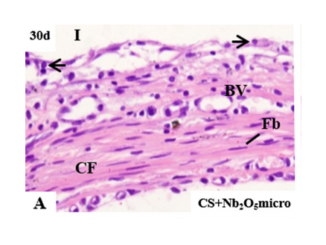
Effect of different strontium precursors on the growth process and optical properties of SrWO4 microcrystals
Abstract: In this paper, an experimental study was performed on the effect induced by different strontium precursors in the growth processes and optical properties of strontium tungstate (SrWO4) microcrystals synthesized by the co-precipitation method. The structural behavior was analyzed by means of X-ray diffractions, Rietveld refinements, Fourier transform (FT)-Raman, and FT-infrared spectroscopies. X-ray absorption near-edge structure spectra performed at the W-L-1 and L-3 edges revealed the first coordination shell around the tungsten atoms is composed of four oxygens, i.e., existence of tetrahedral [WO4] clusters inside the SrWO4 structure. Field emission scanning electron microscopy (FE-SEM) images showed the presence of pitch and longleaf pine cone-like SrWO4 microcrystals for most of the strontium precursors employed in the synthesis. Based on these FE-SEM images, a hypothetical crystal growth mechanism was proposed to explain the origin of these microcrystals. The optical properties were investigated by ultraviolet-visible spectroscopy and photoluminescence (PL) measurements at room temperature. The different optical band gap values found for this material, depending on the type of strontium precursor, were correlated with the existence of intermediary energy levels within the forbidden region. Finally, PL profiles were associated to the degree of distortions in tetrahedral [WO4] clusters.
Author(s): Sczancoski, JC; Avansi, W; Costa, MGS; Li, MS; Mastelaro, VR; Santos, RS; Longo, E; Cavalcante, LS
JOURNAL OF MATERIALS SCIENCE
Volume: 50 Pages: 8089-8103 Published: DEC 2015
DOI: 10.1007/s10853-015-9377-2




